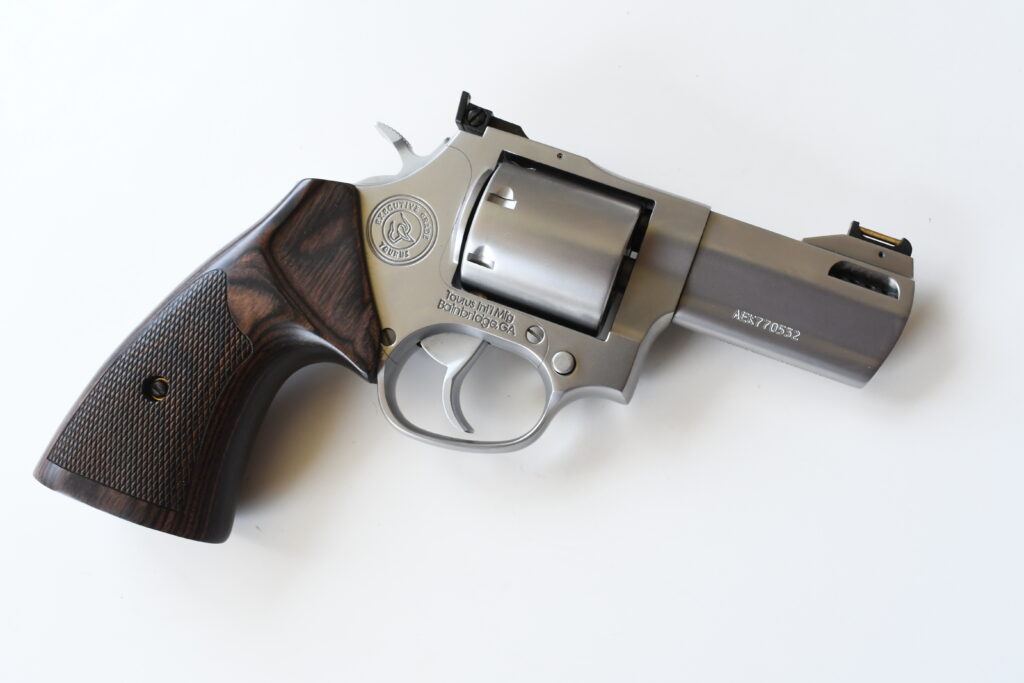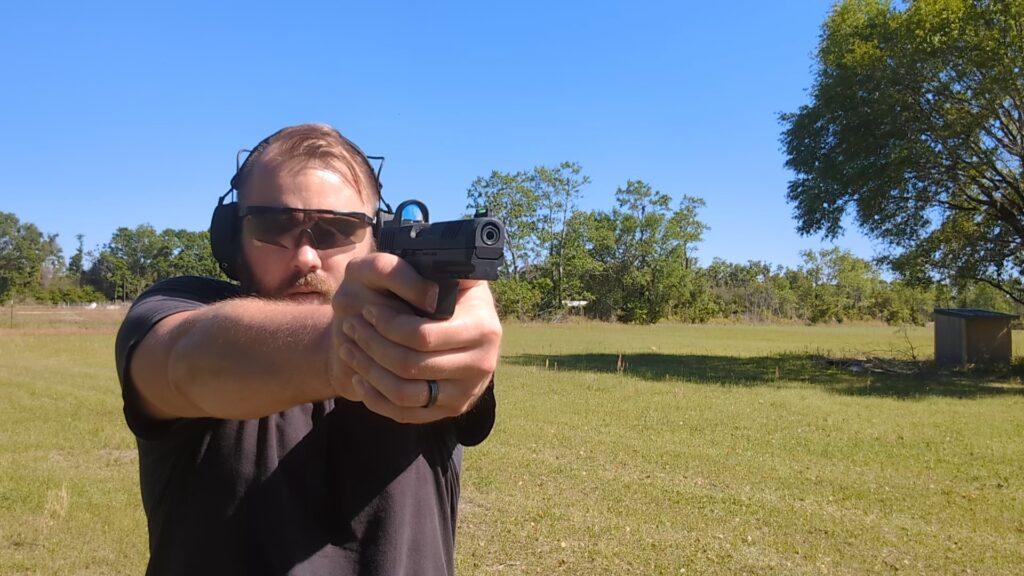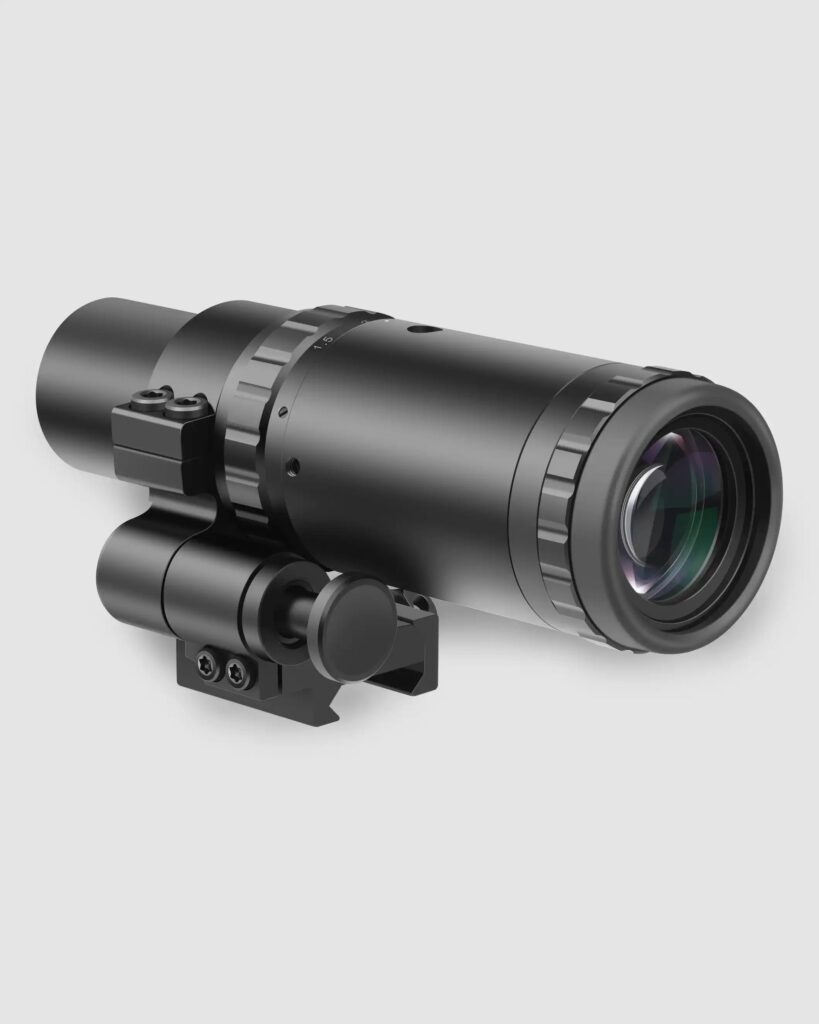Arguably, the most important screw on a standard double-action revolver is its yoke screw. These screws tend to sit just above the revolver’s trigger towards the front of the cylinder on the bottom portion of the frame. Their primary job is to function as a set screw that retains the revolver’s entire cylinder assembly.
In fact, loosening this screw is the first step to stripping down a revolver to clean it. Likewise, keeping it tensioned ensures the revolver’s cylinder remains securely in place. Depending on the design of the revolver and its specific yoke screw, the screw can also be enhanced to stay put to help keep the cylinder in place.
Furthermore, regularly checking the yoke screw’s tension is an obligatory part of revolver ownership and smooth shooting experiences. You don’t want to end up like that YouTuber who claimed the Taurus 856 Executive Grade revolver he was reviewing had a “catastrophic” malfunction when that gun’s cylinder fell off the frame because its screw was loose.
Advertisement — Continue Reading Below
In fairness, we all have to start somewhere, and revolvers aren’t like modern guns (which hardly use screws to hold things in place, maybe except for grip panels if applicable). But the lesson to take away is that whether a revolver costs $300 or $3000, its yoke screw needs to be periodically looked at to ensure it’s snug.
Taurus’ New Revolver
Last week, I picked up Taurus’ new 692 Executive Grade revolver so I could shoot it and write about it in the near future. This revolver was one of the brand-new products that Taurus showcased in its booth during the 2024 NRA Annual Meetings and Exhibits held in Dallas only a few weeks ago.
Besides being a brand new product, the Taurus 692 Executive Grade revolver is the company’s fourth revolver to receive its premium “Executive Grade” treatment, following the Taurus 856, Taurus 605, and Taurus Judge. At the time of this writing, I have yet to fire any rounds through this new revolver, though I am looking forward to doing so.
Advertisement — Continue Reading Below
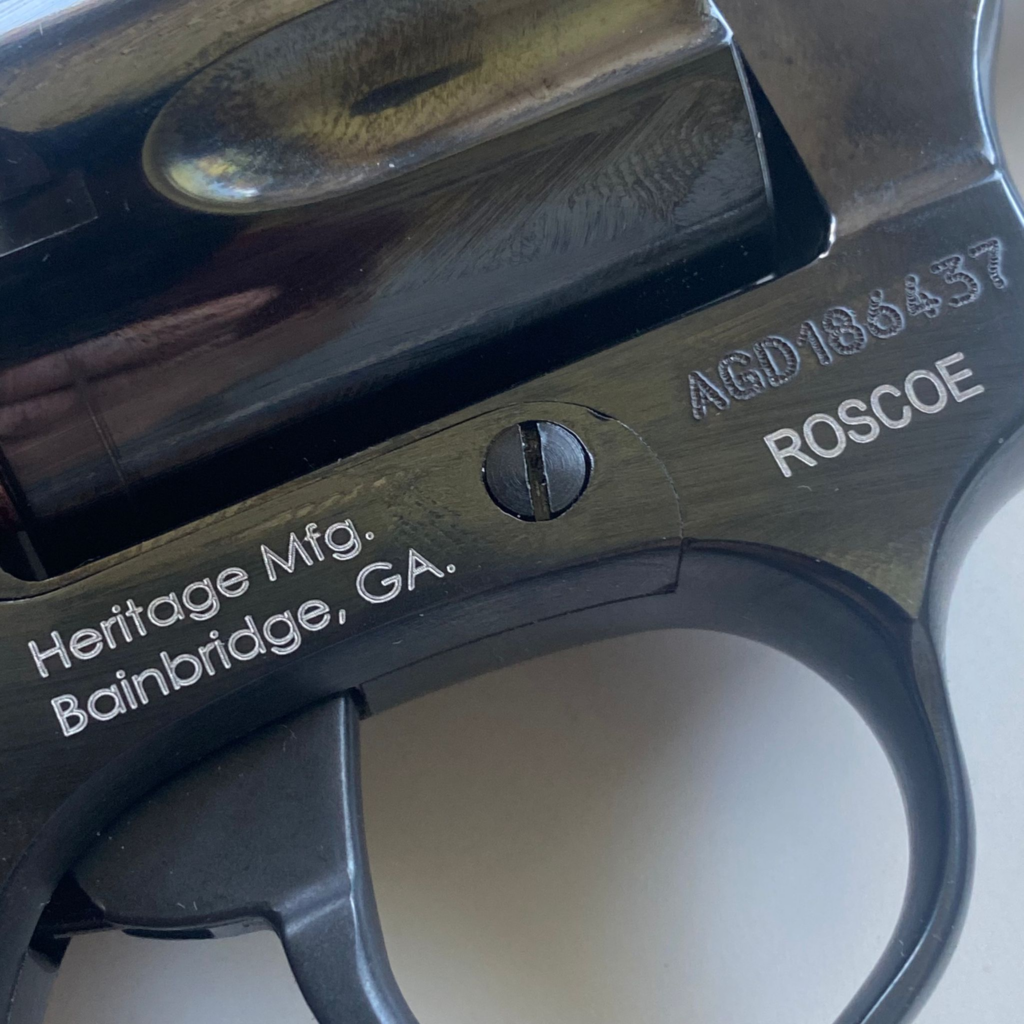
What does this new release from Taurus have to do specifically with revolver yoke screws? Well…
One of the most distinctive and unique features of the 692 Series is the fact that it ships with a spare 7-shot cylinder whose charge holes are bored out for the 9mm Luger cartridge. So, the shooter is able to shoot three types of ammunition through the 692: .357 Magnum, .38 Special and 9mm Luger.
Perhaps the neatest detail found in this revolver, I think, is its “cylinder retention system.” Taurus engineers implemented a creative “quick-detach” solution and elevated the meager yoke screw retention system to the next level.
Advertisement — Continue Reading Below
Any time a 692 owner wants to change out cylinders to swap calibers, they only need to depress the spring-loaded plunger to release the cylinder’s yoke from the revolver’s frame and then simply swap the cylinders. There is no tedious screw to tighten and loosen when changing cylinders, nor does it require any tools.
Finally, with this slick implementation, the concern for monitoring the tension screw disappears. However, there is a smaller screw on the left side of the assembly that I can best describe as working similarly to the special screw found on a traditional 1911 mag catch assembly (opposite of the button).
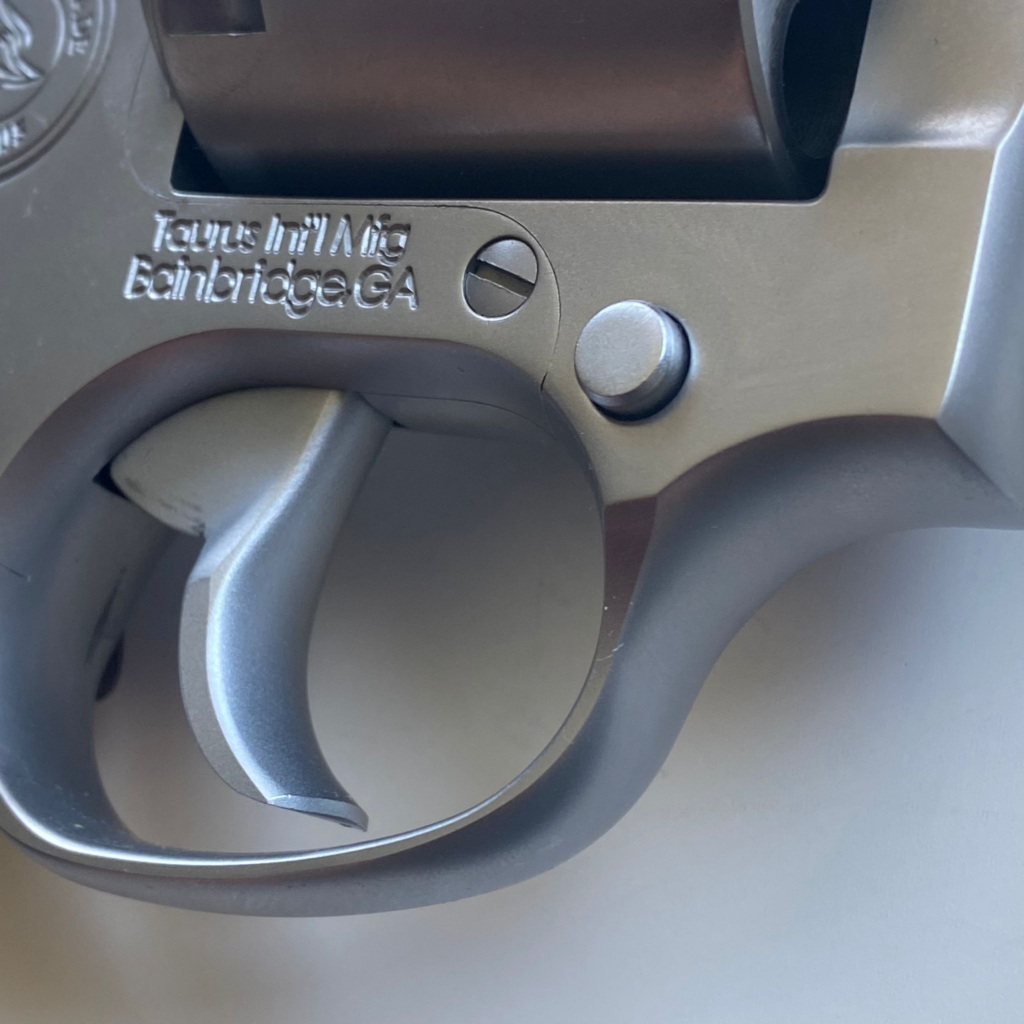
Advertisement — Continue Reading Below
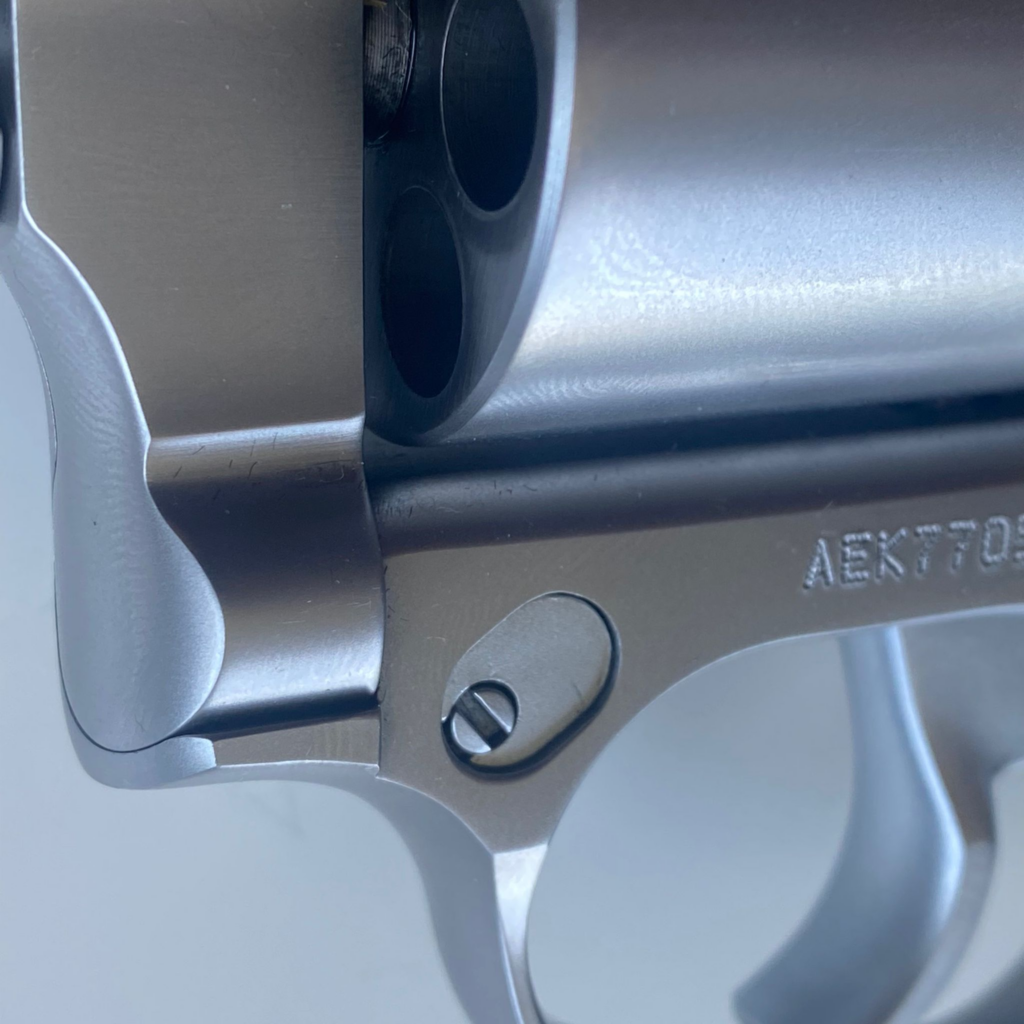
Standard on Taurus 692 Series Revolvers
To be clear, this feature is standard on all Taurus 692 series revolvers, not just the recent Executive Grade model. Besides the added convenience and ease of use the special QD plunger affords, it also gives these revolvers a futuristic Space Age feel that sets them apart from the traditional regular yoke screw.
While I have yet to officially shoot and review this revolver, I got a good impression from the models at the NRAAM show floor in Dallas. That good impression continued when I picked up my own unit and took it home. It’s just that understanding how crucial the job of a revolver’s yoke screw is and seeing the way they implemented it with its unique mechanism was just really neat and wonderful.
Advertisement — Continue Reading Below
In the end, it’s good to stop and smell the roses every once in a while and appreciate the small details.
